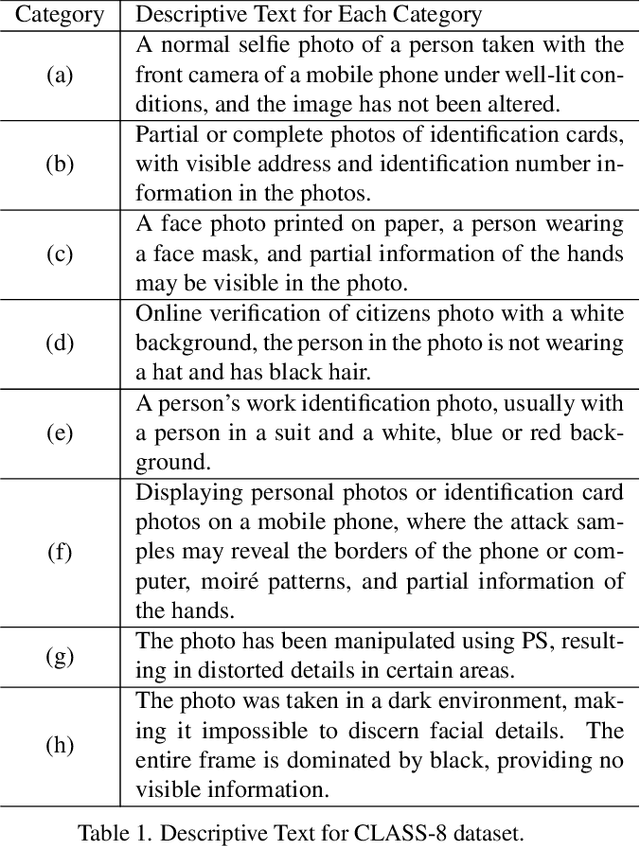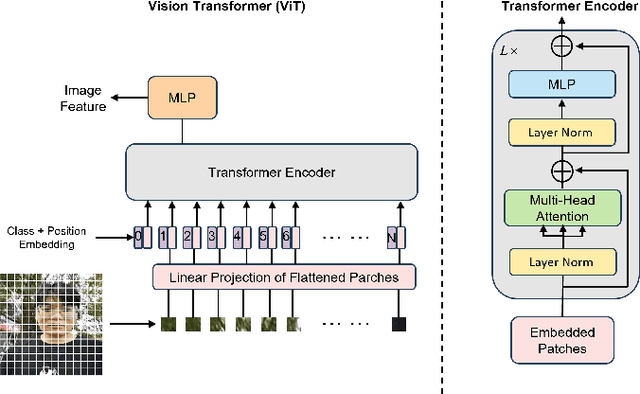Yurong Song
On the Opportunities of (Re)-Exploring Atmospheric Science by Foundation Models: A Case Study
Jul 25, 2024Abstract:Most state-of-the-art AI applications in atmospheric science are based on classic deep learning approaches. However, such approaches cannot automatically integrate multiple complicated procedures to construct an intelligent agent, since each functionality is enabled by a separate model learned from independent climate datasets. The emergence of foundation models, especially multimodal foundation models, with their ability to process heterogeneous input data and execute complex tasks, offers a substantial opportunity to overcome this challenge. In this report, we want to explore a central question - how the state-of-the-art foundation model, i.e., GPT-4o, performs various atmospheric scientific tasks. Toward this end, we conduct a case study by categorizing the tasks into four main classes, including climate data processing, physical diagnosis, forecast and prediction, and adaptation and mitigation. For each task, we comprehensively evaluate the GPT-4o's performance along with a concrete discussion. We hope that this report may shed new light on future AI applications and research in atmospheric science.
CLIPC8: Face liveness detection algorithm based on image-text pairs and contrastive learning
Nov 29, 2023



Abstract:Face recognition technology is widely used in the financial field, and various types of liveness attack behaviors need to be addressed. Existing liveness detection algorithms are trained on specific training datasets and tested on testing datasets, but their performance and robustness in transferring to unseen datasets are relatively poor. To tackle this issue, we propose a face liveness detection method based on image-text pairs and contrastive learning, dividing liveness attack problems in the financial field into eight categories and using text information to describe the images of these eight types of attacks. The text encoder and image encoder are used to extract feature vector representations for the classification description text and face images, respectively. By maximizing the similarity of positive samples and minimizing the similarity of negative samples, the model learns shared representations between images and texts. The proposed method is capable of effectively detecting specific liveness attack behaviors in certain scenarios, such as those occurring in dark environments or involving the tampering of ID card photos. Additionally, it is also effective in detecting traditional liveness attack methods, such as printing photo attacks and screen remake attacks. The zero-shot capabilities of face liveness detection on five public datasets, including NUAA, CASIA-FASD, Replay-Attack, OULU-NPU and MSU-MFSD also reaches the level of commercial algorithms. The detection capability of proposed algorithm was verified on 5 types of testing datasets, and the results show that the method outperformed commercial algorithms, and the detection rates reached 100% on multiple datasets. Demonstrating the effectiveness and robustness of introducing image-text pairs and contrastive learning into liveness detection tasks as proposed in this paper.
 Add to Chrome
Add to Chrome Add to Firefox
Add to Firefox Add to Edge
Add to Edge